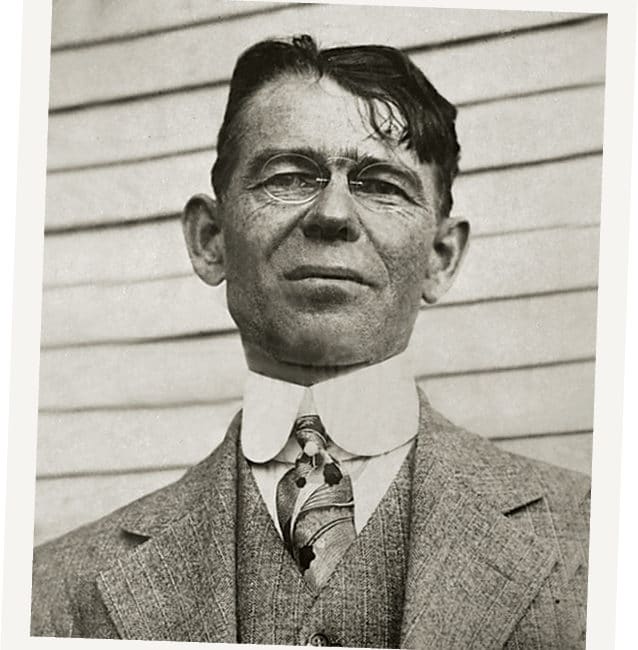
Newby Oval: The Track Before the Track
Racing in Indy began long before the Indianapolis Motor Speedway towered over 16th and Georgetown, and even before Memorial Day was established. In 1870, citizens of Indianapolis first resolved to cooperate in the nationwide “Decoration Day” by taking an afternoon to adorn graves of fallen servicemen at Crown Hill. Twenty years later, when a worldwide bike craze zipped across the city, Indy’s unique way of celebrating the holiday took root. Members of the Zig Zag Cycling Club, a local group of bicycling enthusiasts that included future Speedway founders James Allison, Carl Fisher, and Arthur Newby, competed for gold medals in their first Decoration Day race in 1891 on Greenfield Pike, a public road.
Finally, Newby decided to build his own venue. Just a little more than 6 miles northeast of where the IMS stands, Newby’s version of if you build it, they will come was a velodrome designed expressly for bicycle racing. Laid out by Indianapolis architect and fellow cyclist Herbert Foltz under the direction of the same athlete who had planned the bicycle track at Madison Square Garden in New York, Indy’s outdoor oval was considered one of the finest in the country.
The $23,000, quarter-mile track was laid with white pine boards, rough side up to keep wheels from slipping. Wire brushing removed splinters before the floorboards were dipped into a tank of wood preservative and nailed into place. Unlike flat courses, this “whale-back” design featured banked curves. Seating in a grandstand, two amphitheaters, and bleachers reportedly held more than 8,000 spectators.
Indiana’s division of the League of American Wheelmen debuted the race space with its annual meet on July 4, 1898. Ragtime, two-step, and patriotic tunes wafted from below a colorful canopy on the interior field, while the stands rang with hundreds of rounds of blanks shot off every time a competitor neared the finish line.
The Memorial Day bicycle racing tradition continued at Newby Oval for three more years. In early 1902, plans were afoot to host the city’s first auto race there instead. But because cars would have to run in separate heats at Newby Oval, the event moved to the State Fairgrounds, where multiple vehicles could compete at one time. The track’s building materials went up for sale in the classifieds in early 1903, and it was dismantled. Interest in cars was outpacing bicycles, figuratively and literally, as a newer, faster spectator sport was born.
A number of lovely historical homes in Mapleton–Fall Creek now stand where two-wheeler champions were made, crowds cheered, and a seed for speed was planted.
Tiffany Benedict Browne runs historicindianapolis.com. She believes a movie should be made about our city’s early racing history.





